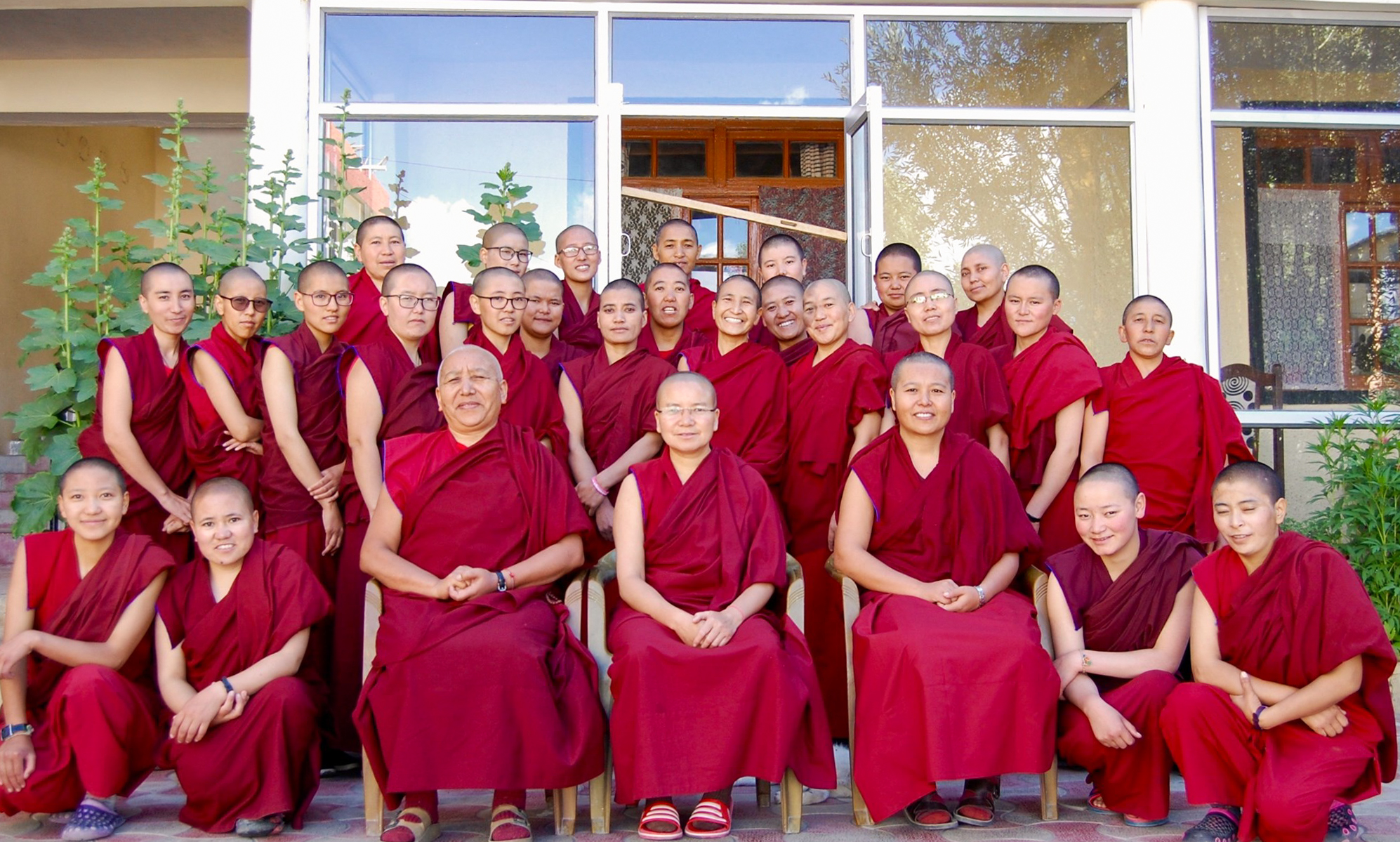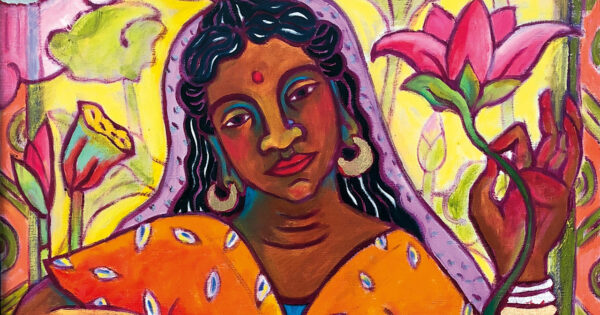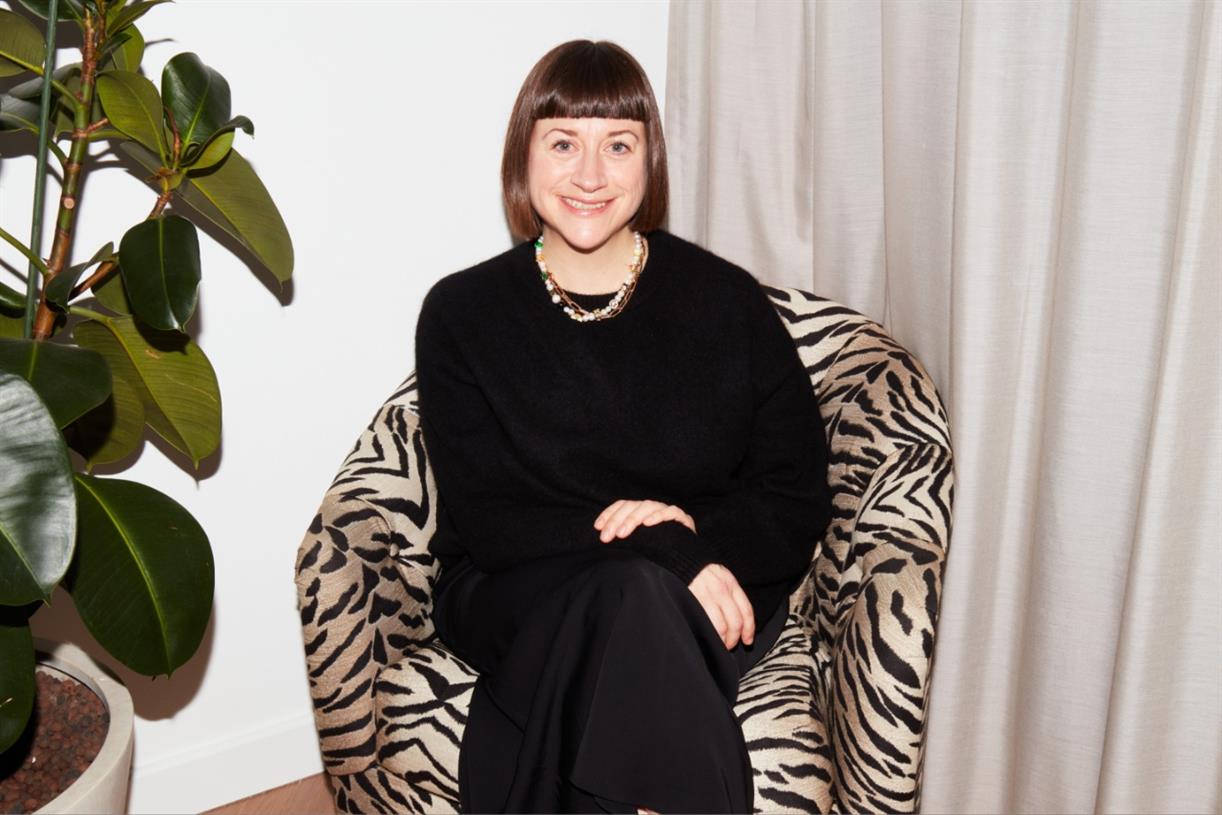Being in Body Time
Unlike our minds, our bodies always exist in the radical present. The post Being in Body Time appeared first on Tricycle: The Buddhist Review.
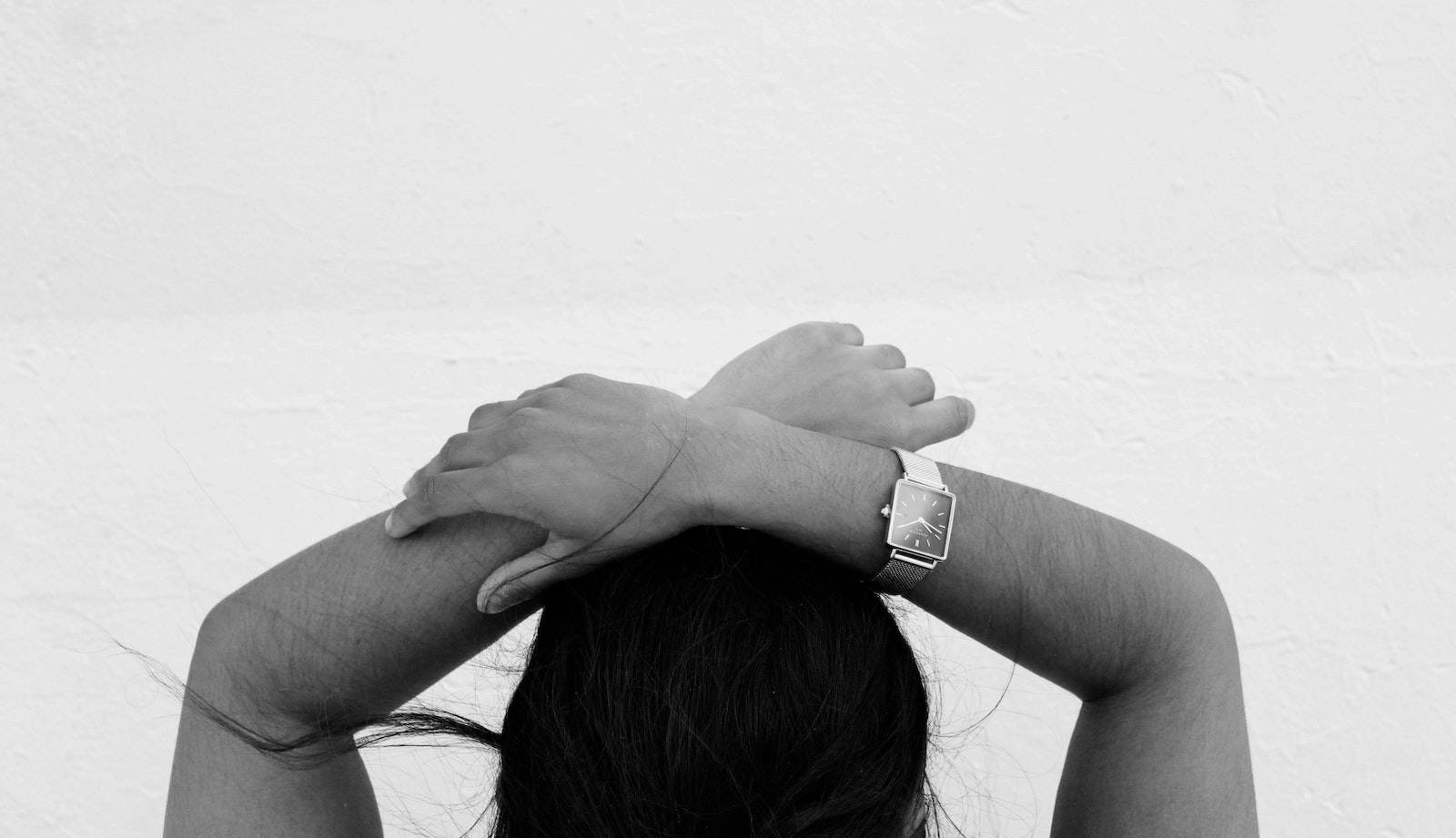
Teachings Meditation Month 2023
Unlike our minds, our bodies always exist in the radical present.
By Willa Blythe Baker Jan 17, 2023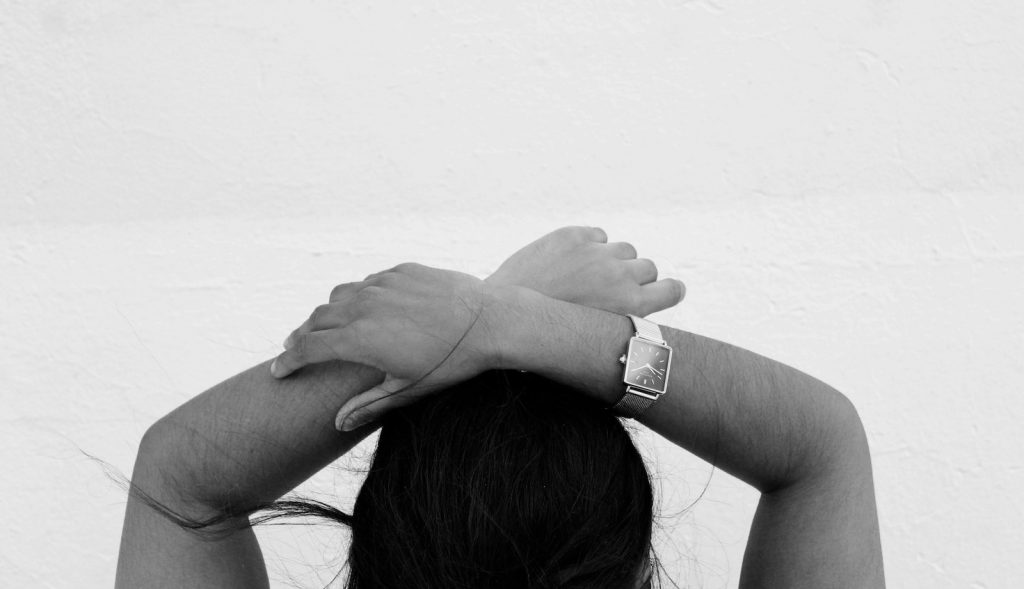 Photo by Gabrielle Henderson | http://tricy.cl/3c3qITq
Photo by Gabrielle Henderson | http://tricy.cl/3c3qITqThe following has been adapted from Willa Blythe Baker’s Dharma Talk, The Art of Somatic Mindfulness. In this series, Willa explains how we can develop awareness through careful attention to the body. In the following talk, she explores the concept of time in meditation and how we can move beyond the present moment to a more expansive—and embodied—understanding of time.
Our sense of time is linear and bounded. We check our watches and count the days. Time is something to be quantified and measured. We set our timers and will ourselves not to look at minutes ticking away.
In some mystical traditions, there exists a different kind of time. The Aranda people [also known as Arrernte, Arunta, or Arrarnta] of Australia describe a time out of time, or the Dreamtime. This is the time in which ancestors live eternally. There’s a similar idea in Buddhism: in the practice of refuge, we call on our spiritual ancestors to be present, beyond space and time.
Buddhists also have the notion of a timeless time. Twelfth-century Tibetan meditation master Longchenpa called this the “fourth time,” the past being the first time, the present the second time, and the future the third time. The fourth time is a time beyond time or a time out of time. The timeless time doesn’t lean on the past or the future. It is an absolute nowness that is unbounded and radically present.
The radical present is not something that we create. It is always happening, spontaneously. Even when we’re ruminating on the past or anticipating the future, there is an unfolding in the present that is always happening—even when we’re missing it, when we’re distracted by our thoughts about the past or the future.
The doorway into the fourth time is not dreaming, but rather meditation. In meditation, we enter into this absolute nowness that has no beginning, no middle, and no end. One of the reasons that meditation is so powerful is it’s constantly encouraging us to land back into the moment. The ordinary mind that is our thinking mind or ruminating mind tends to resist being in the present—we’re always just a little bit ahead or a little bit behind. And our mind likes the ideas of minutes and days; it gives us a security and a grounding.
So how is it that meditation helps us come into the now? The bridge for coming into the now is the body. The body exists in the radical present. Paying attention to it has the power to draw us into this present moment and to show us how to settle into the vividness of our own experience as it is unfolding.
This is why the timeless time is the body’s time. The body does not live in the past and not in the future, it is feeling, experiencing, and breathing right now. This is the body of the radical present. To come into relationship with the radical now, or absolute now, or the timeless time can be as simple as just coming into contact with a sensation that is happening in the body. And that moment we go from being caught up in the past and the future into just now, just being.
Being in the Body’s Time: A Practice
We can begin by closing our eyes. Notice a sensation happening right now in your feeling body. It could be something as simple as the feeling of the air on your skin. Whatever that feeling is, allow it to draw and absorb your attention so that you’re not focusing on the feeling so much as you are allowing the feeling to draw you in. You’re not so much paying attention to the feeling as you are letting attention saturate the feeling in the same way that a sponge draws up water. Notice how this feeling is not happening in the past. It’s not happening in the future. It’s unfolding in the now—fresh, vivid, and awake.
See if you can relax into that feeling without needing to go anywhere other than where you are. You might try asking the question: has there ever been anything other than this?
When you practice in this way, it’s not hard to notice how the ruminating mind and the feeling body are operating in two different dimensions of time. The mind’s dimension is linear, tugging away from the present. The experiential body’s dimension is now, zeroing in on the present. As long as that lateral tug is happening there’s a sense of alienation, a pulling apart of the mind and the body.
This is the duality of yogic understanding. Not an existential dualism of a subject and an object, but a somatic dualism, body and mind being a little out of sync with each other. To heal the pain of that dualism begins with the act of inviting the mind to pay attention to the body’s time so that the mind can learn a simple truth: there is just now. The mind notices that this is all there is and that draws us into a peaceful gap, the place where wakefulness is found.
This article was originally published on March 06, 2021.
![]()
Thank you for subscribing to Tricycle! As a nonprofit, we depend on readers like you to keep Buddhist teachings and practices widely available.

 Konoly
Konoly 










